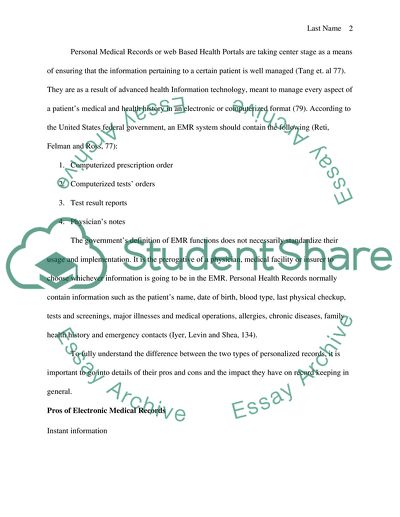Cite this document
(Personal Medical Records and Web-Based Portals Term Paper, n.d.)
Personal Medical Records and Web-Based Portals Term Paper. Retrieved from https://studentshare.org/health-sciences-medicine/1744649-personal-medical-records-web-based-portals-versus-true-stanf-alone-options-and-the-pros-and-cons-to-each
Personal Medical Records and Web-Based Portals Term Paper. Retrieved from https://studentshare.org/health-sciences-medicine/1744649-personal-medical-records-web-based-portals-versus-true-stanf-alone-options-and-the-pros-and-cons-to-each
(Personal Medical Records and Web-Based Portals Term Paper)
Personal Medical Records and Web-Based Portals Term Paper. https://studentshare.org/health-sciences-medicine/1744649-personal-medical-records-web-based-portals-versus-true-stanf-alone-options-and-the-pros-and-cons-to-each.
Personal Medical Records and Web-Based Portals Term Paper. https://studentshare.org/health-sciences-medicine/1744649-personal-medical-records-web-based-portals-versus-true-stanf-alone-options-and-the-pros-and-cons-to-each.
“Personal Medical Records and Web-Based Portals Term Paper”, n.d. https://studentshare.org/health-sciences-medicine/1744649-personal-medical-records-web-based-portals-versus-true-stanf-alone-options-and-the-pros-and-cons-to-each.


